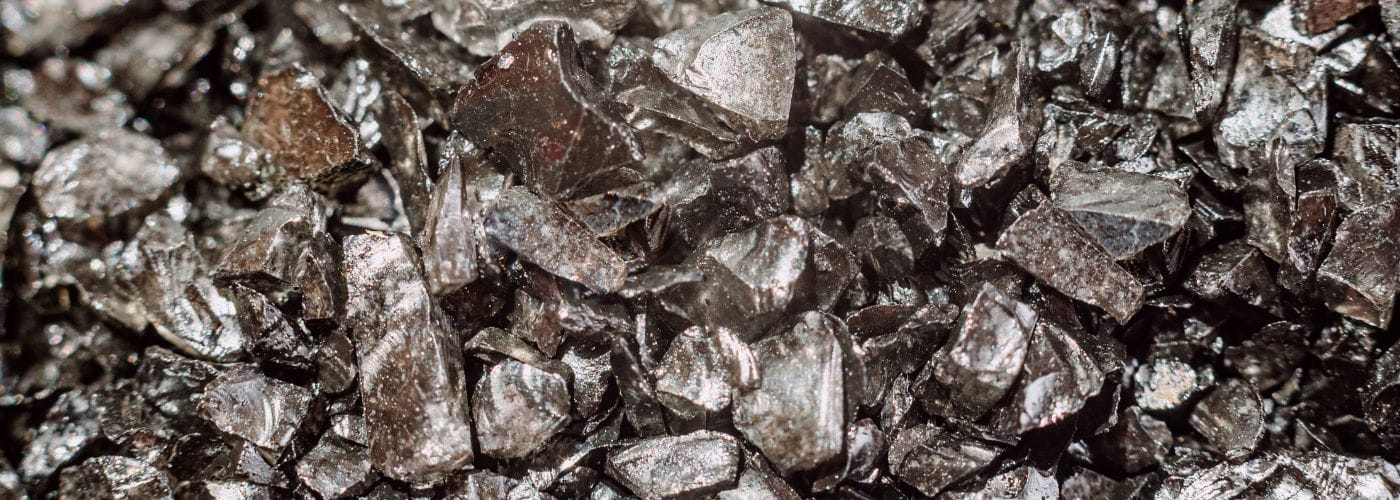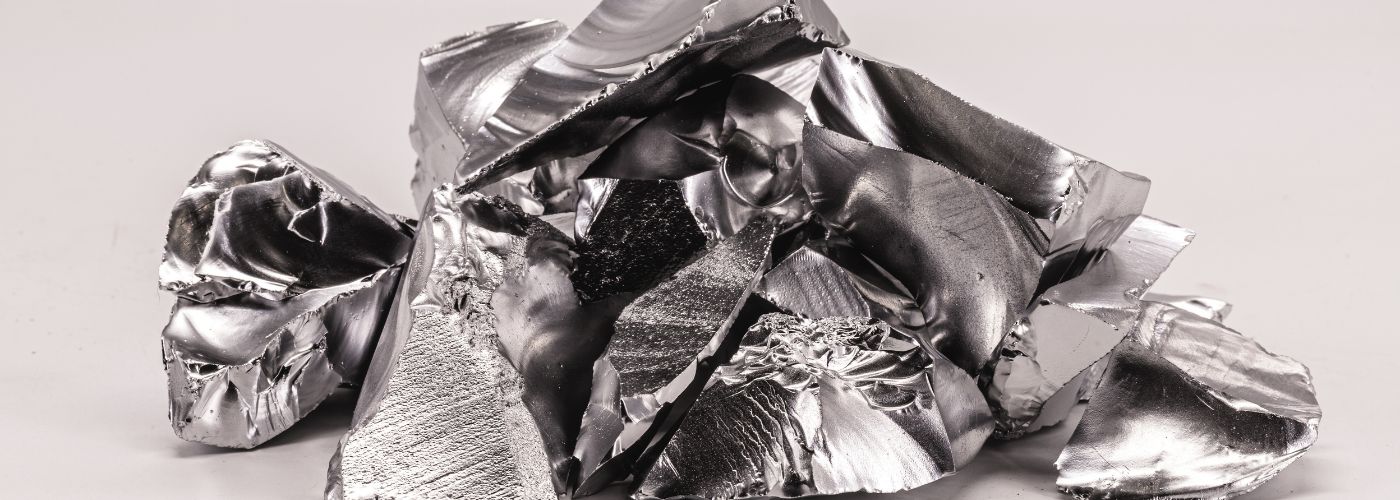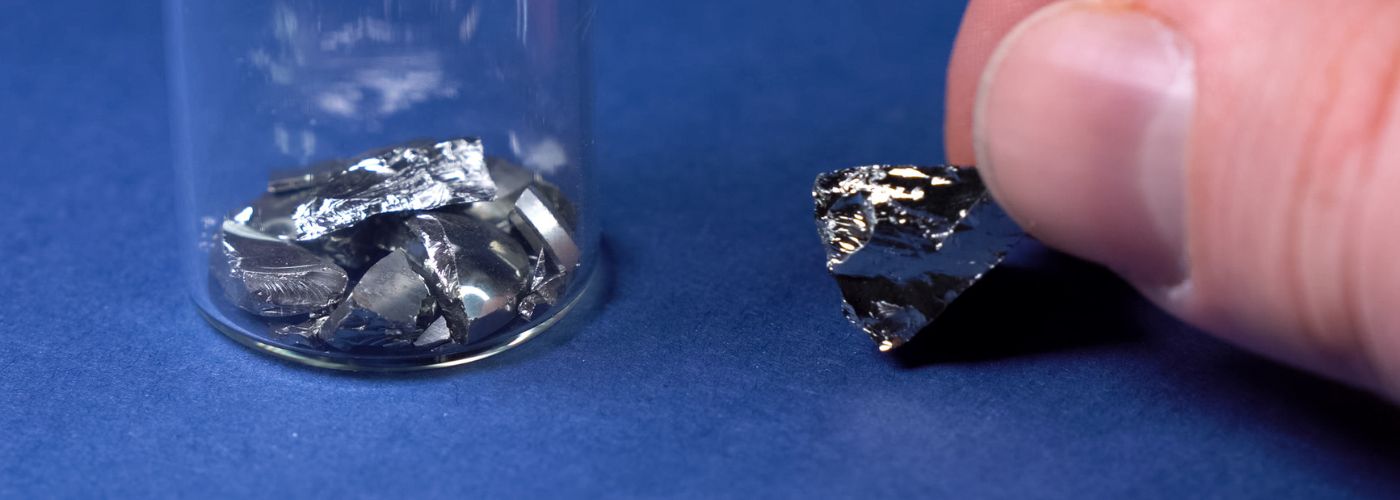Germanium and tourmaline are two beautiful natural gemstones that can be found across the globe. This gemstone has been used for years for its supposed metaphysical properties. However, do germanium and tourmaline help negative ions? We’ll be looking at both gemstones in depth.
What Is Germanium Used For?
Germanium is a chemical element with the symbol Ge and atomic number 32. It is a lustrous, hard, grayish-white metalloid in the carbon group. Pure germanium is a semiconductor with an apparent electrical conductivity higher than that of silicon.
Commercial-grade germanium metal is used as a dopant in semiconductors, and the resulting germanium-doped semiconductors are key components of fiber-optic systems. Germanium compounds are also used for synthetic gemstones, UV filters in eyeglasses, negative ion jewelry, and scientific instruments.
Elemental germanium has few industrial uses outside the semiconductor industry due to its scarcity and expense. However, it has numerous important applications in optics and infrared technology.
Where Is Germanium Found?
Germanium is a gray-white metalloid that is found in the earth’s crust. It is widely distributed in small amounts in many minerals, but only a few deposits contain enough germanium to make mining possible. The main germanium minerals are argyrodite, gerardite, and germanite.
Germanium is mined from mineral deposits that are rich in argyrodite, gerardite, and germanite. These rare minerals are found across different parts of the world.
Germanium metal is used as a semiconductor in transistors and diodes. It is also used in fiber-optic systems, infrared optics, and solar cells.
This element is a metalloid meaning it contains both metal and nonmetal properties. Germanium can be used as a conductor, but it does not do this very well.
What Is The Difference Between Tourmaline And Germanium?
Tourmaline is a gemstone that comes in a variety of colors and is known for its unique electrical properties. Germanium is a chemical element but can be found in solid form as a hard-brittle metalloid with a silver sheen color. So what is the difference between these two materials?
For one, tourmaline is a natural occurring gemstone, while germanium is found in small quantities. Large amounts of germanium are man-made and not naturally occurring. Secondly, germanium has semiconductor properties, meaning it can be used to create transistors and other electronic devices, whereas tourmaline does not have these same properties.
Finally, tourmaline is known for its ability to generate negative ions and far infrared rays, which many believe offer health benefits such as increased circulation and improved skin tone. Germanium on the other hand, does not offer these same benefits. However, germanium is used in technology for radiation detection and exposure.
Is Germanium And Tourmaline A Conductor?
Germanium and tourmaline are both materials that are used in the semiconductor industry. They have very different properties, but they are both conductors of electricity. Germanium is a metalloid, which means it has properties of both metals and non-metals. It is a grayish-white metal that is brittle and has a high melting point.
Tourmaline is an insulator, meaning it does not conduct electricity well. However, it is an extremely efficient heat conductor. It is also a very hard material, making it ideal for use in semiconductor devices.
Many people incorporate tourmaline for the home and body. Tourmaline has been used for many years for its supposed metaphysical properties that may help the body boost energy and wellness.





Latest from our blog
How to Practice Mindfulness Daily
Are you often overwhelmed by the chaos of daily life, wishing you could find a
Feb
How To Use Feng Shui With Negative Ion Jewelry
Imagine walking into your home and instantly feeling a sense of calm wash over you.
Jan
Are Negative Ions More Powerful in Winter?
Negative ions, often known for their refreshing effects on mood and energy, have garnered interest
Dec
Best Times & Places For Natural Negative Ions
In this article, we’ll explore the best times & places for natural negative ions—from sunlit
Nov